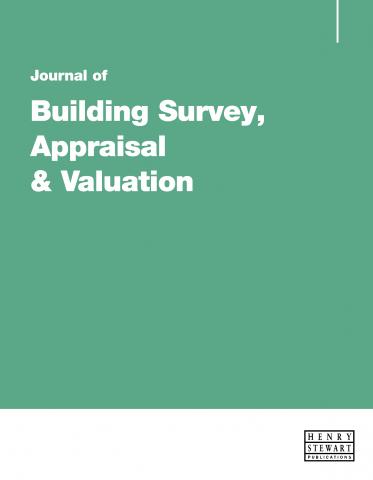"A journal that meets the needs of practitioners, policymakers and academics"
Modern methods of construction
Click the button below to download the full text of the article.
Abstract: Modern methods of construction (MMC) is an umbrella term describing non-traditional building methods and materials. Innovations are often born of political necessity; a profound housing shortage, labour shortages, climate change all combine to create a high demand for construction methods that enable rapid delivery, lest waste, economic benefits and carbon reduction. For many reasons, adoption has been slow; factors such as building failures, prejudice, economic barriers, lack of performance data and customer concerns all need to be addressed. Improvements in warranty provision and a greater demand will help, but changes will also be required to building regulations to reflect matters such as fire safety and building performance. Properly designed and constructed buildings using MMC can yield significant benefits, but there are serious pitfalls, particularly if basic construction principles are ignored. This paper sets out to consider some of the benefits and risks associated with MMC and some reasons for slow adoption. Practical case studies are used to illustrate potential problem areas and to explain how modern construction does not mean that the tried-and-tested methods can be ignored. Modern methods of construction do pose challenges, but with care and persistence the rewards are there to be realised.
Keywords: MMC; condensation; prefabrication; innovation; modular; off-site
Trevor Rushton is a chartered building surveyor and chartered building engineer; he has spent most of his professional career at Watts Group and is now Chairman of the company. His career has involved the analysis and appraisal of a wide range of high-rise and low-rise buildings from housing to military establishments, commercial, transport and marine structures, both above and below ground. Trevor has specialised in building pathology and over the years has been a prolific writer and speaker on the subject. He has published two textbooks — Investigating Hazardous and Deleterious Building Materials and Investigating Defects in Commercial and Industrial Buildings. Additionally, he has edited the Watts Pocket Handbook, which has helped countless candidates through their APC. He has served on the editorial board of ISURV and the Built Environment Journal as well as the Journal of Building Appraisal; for many years he acted as county buildings adviser to Surrey County Scout Council. He has also served as an external examiner to Kingston University.



